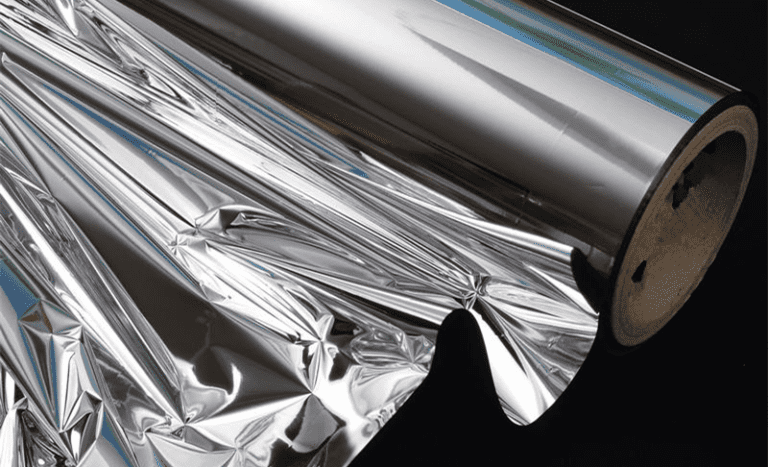Metallised PET film not only has the characteristics of plastic film, but also replaces aluminum foil to a certain extent, which can improve the quality of products, and the cost is relatively low. Therefore, it is widely used in biscuits and snack food packaging. However, in the production process, the transfer of the aluminized layer often occurs, which leads to the reduction of the interlayer peel strength of the composite film, the performance of the product, and even the quality of the package contents. So what should be done to prevent the transfer of the aluminum coating layer?
1. Using special adhesive for metallised PET film
Shantong adhesive has poor solvent release, and the glue easily penetrates into the aluminized layer, which affects the fastness of the aluminized layer. When compounding, if the drying effect is not good and the residual solvent is too much, the bond strength will decrease after curing. Therefore, a special adhesive for metallised PET film with moderate molecular weight, good solvent release, relatively uniform coating and not too high initial tack should be selected.
2. The amount of glue applied should be appropriate
Too much glue is easy to cause poor drying effect in the drying tunnel, so that the glue liquid penetrates into the aluminized layer, and also prolongs the curing time, which is prone to the migration of the aluminized layer. Therefore, the amount of glue applied should be controlled within an appropriate range. Generally, it is more appropriate to control at 2g/㎡-2.5g/㎡.
3. Reduction of curing agent
Improve the softness of the adhesive layer, and can also effectively prevent the transfer phenomenon of aluminum plating. In the past, the method of reducing the amount of curing agent was usually adopted. If you choose a special glue for aluminum plating, you can follow the normal ratio.
4. Increase the drying temperature and wind speed of the drying tunnel
During the composite processing of metallised PET film, the drying temperature of the drying tunnel should be appropriately increased, such as 5℃-10℃, and the wind speed should be above 5m/s (if the equipment conditions are available), so that the solvent volatilizes more thoroughly. Reduces residual solvent levels and prevents transfer of aluminized layers. In addition, the use of high-reel rollers and high-concentration coating also has certain effects.
5. Increase the curing temperature and shorten the curing time
During the curing process of metallised PET film composite products, the curing temperature should be appropriately increased and the curing time should be shortened, so that the adhesive can reduce its penetration and damage to the aluminized layer, which is beneficial to prevent the transfer of the aluminized layer. It is generally controlled to be aged between 50℃-60℃ for 24 hours to 36 hours, and it is forbidden to cure at low temperature for a long time.
6. Use good quality metallised PET film
If the cost allows, some products with higher requirements are better to choose aluminum plating with primer.
7. Prevent white spots on the composite film
Use good quality ink to ensure that the adhesive is evenly coated, and the ink layer can be evenly infiltrated by the residual solvent. When it is large, the amount of glue should be appropriately increased; the composite method of metallised PET film and glue will be used, but it will aggravate the transfer of aluminized.


